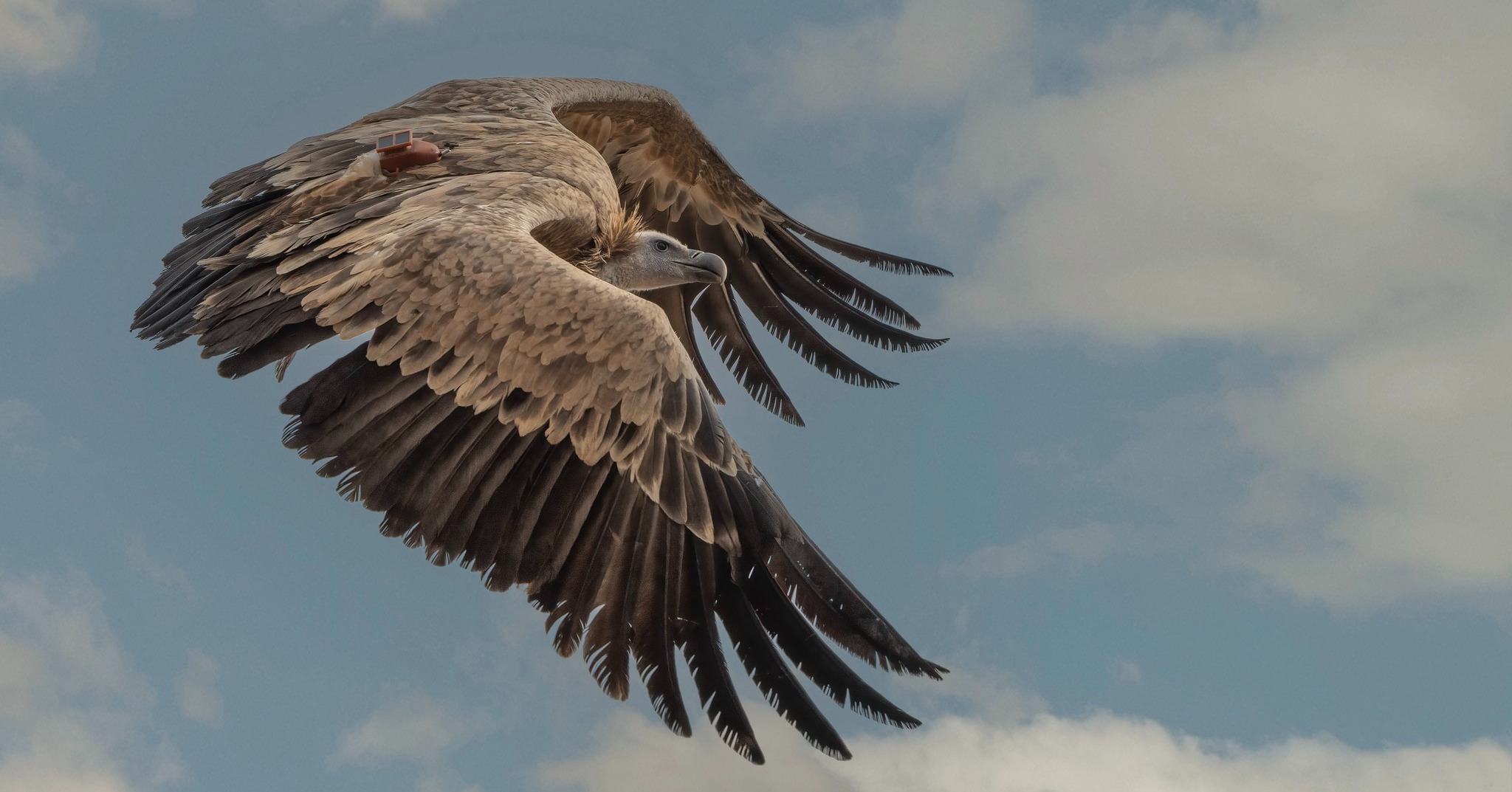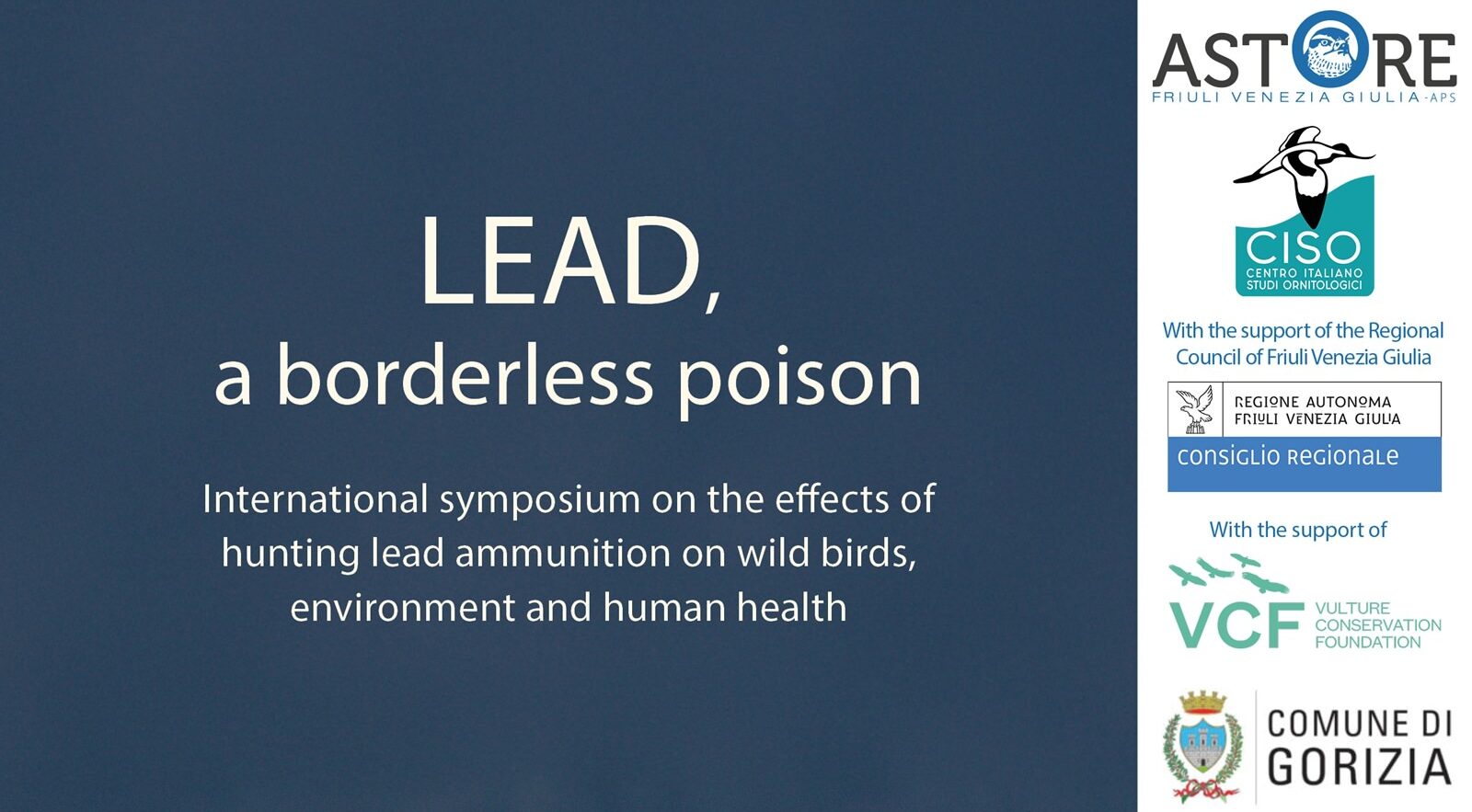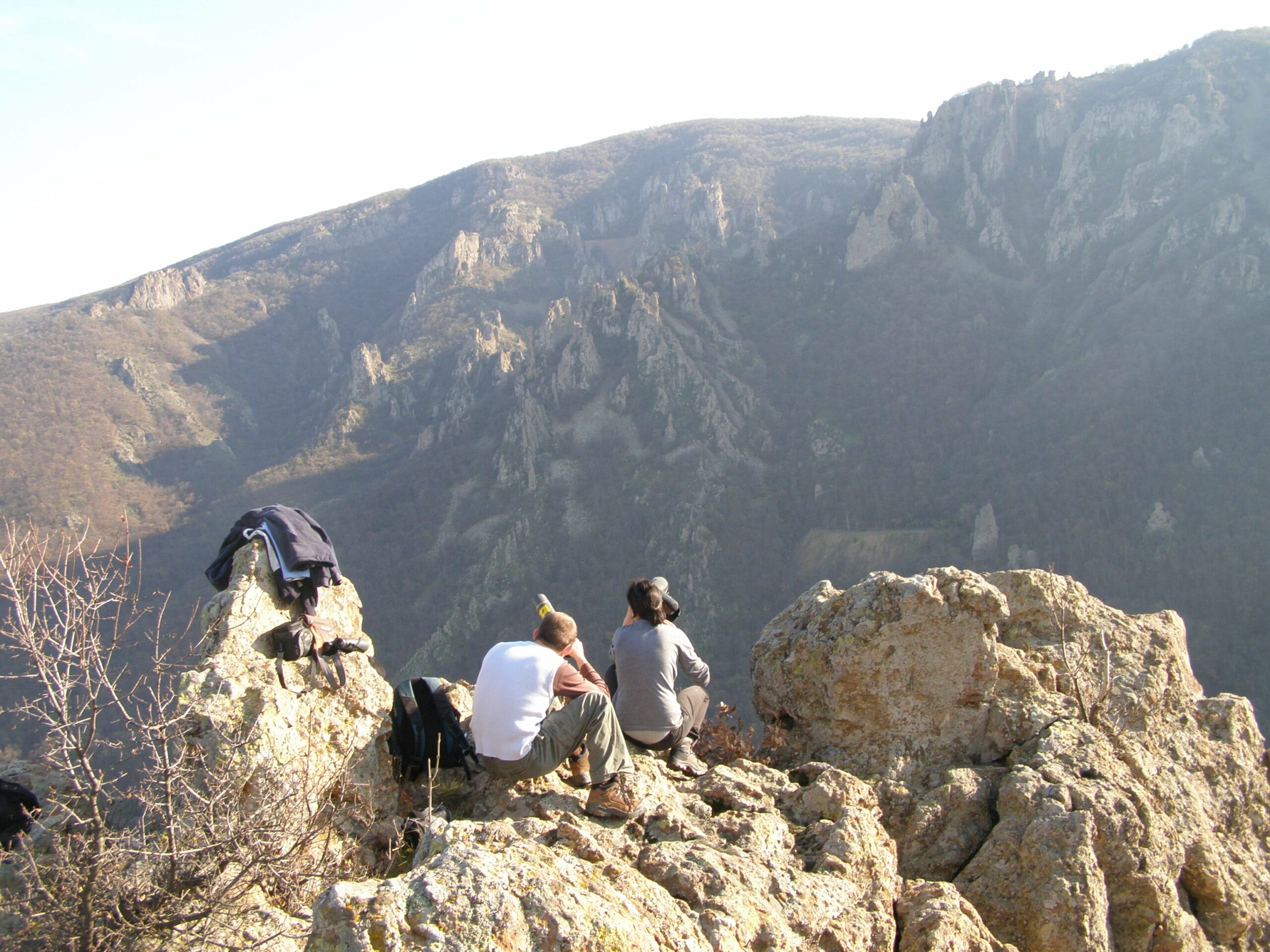The skies above Cyprus got a bit busier. The fourth group of Griffon Vultures brought in from Spain last February has officially been released, marking a hopeful milestone in efforts to save this struggling species on the island. After spending the last nine months adjusting to their new home in a specialised aviary run by the Game and Fauna Service in Limassol, the final two vultures took flight in mid-October.
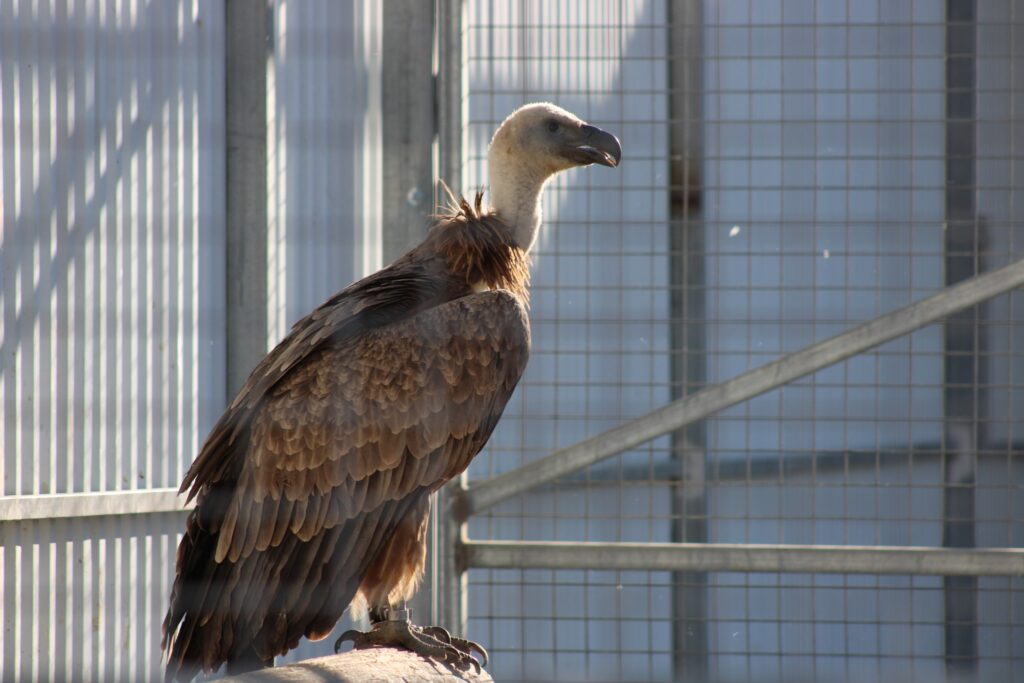
Nine months of waiting
This release wraps up a carefully managed adaptation period that kicked off back in February 2025, when the vultures arrived from Andalusia, Spain. Spain is a suitable country to donate vultures abroad since it’s home to around 90–95% of Europe’s vulture populations. When it comes to this species, it is home to around 30,000 Griffon Vulture pairs. The birds were donated by the Junta de Andalucía (Regional Government of Andalusia) and flown in with help from the Vulture Conservation Foundation (VCF).
Once they landed, the vultures went through full health checks and got their ID rings before spending the coming months in the aviary getting used to the local environment. They were equipped with GPS transmitters ahead of their release to help conservationists keep an eye on them, tracking their movements and making sure they settle in safely.
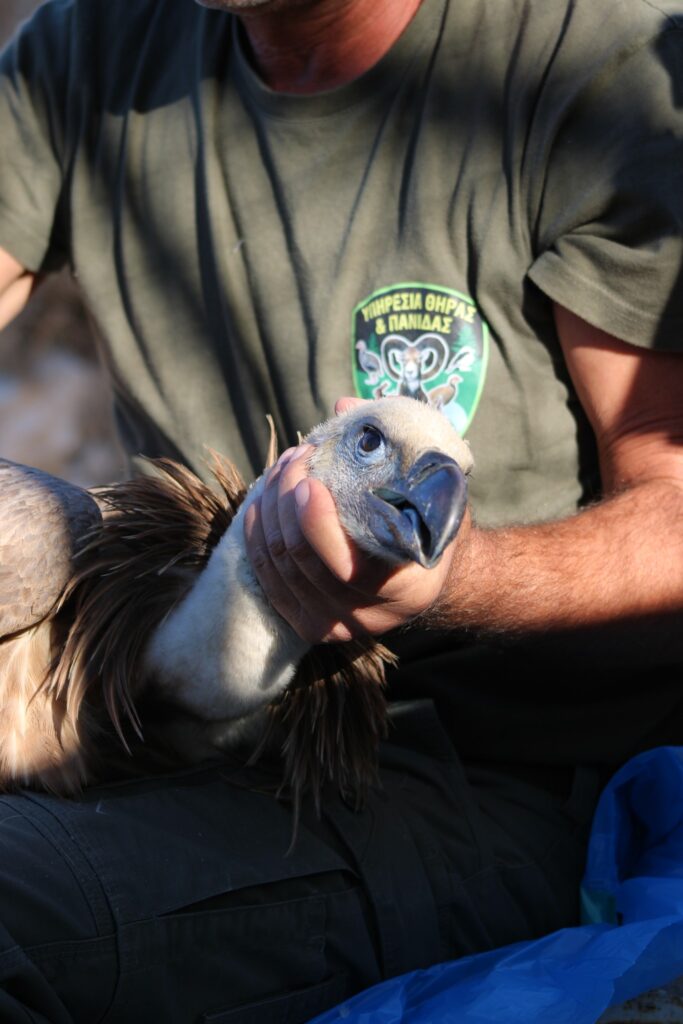
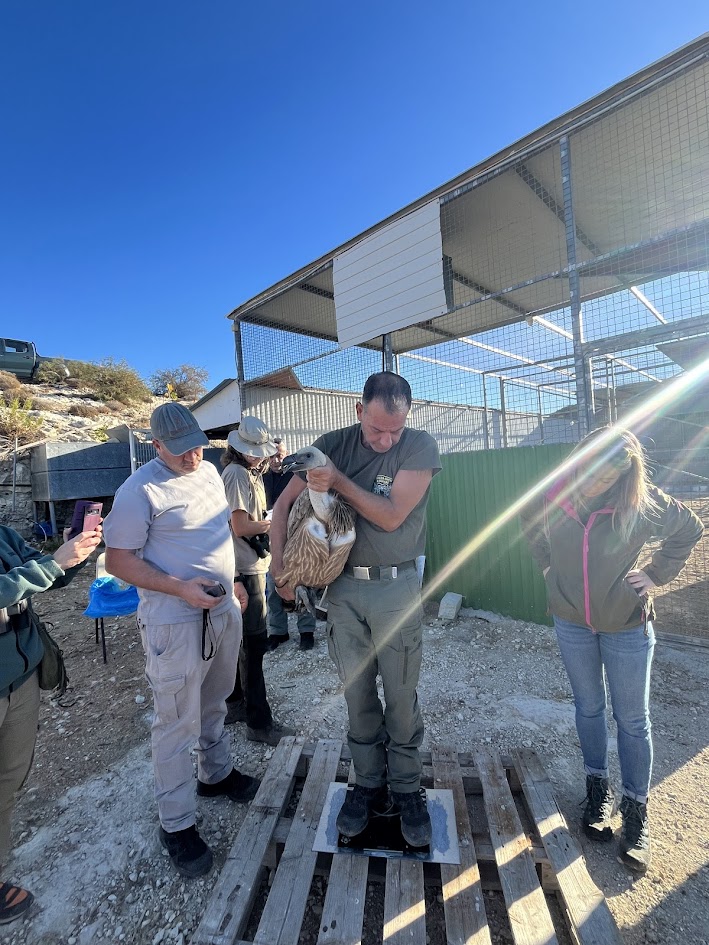
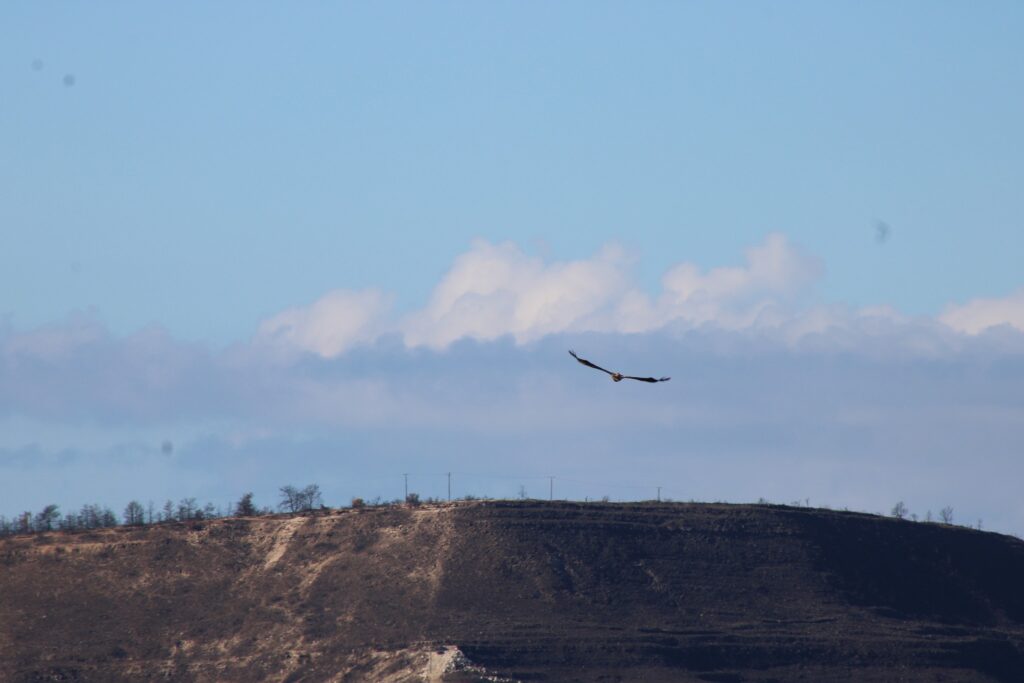
The newly released birds are expected to blend into the existing population of 41 vultures already flying around Cyprus, using familiar feeding and roosting sites.
A much-needed boost for a struggling species
Cyprus’ largest bird of prey has had a rough go of it in recent decades. Poisoning incidents and electrocution on power lines have pushed the Griffon Vulture dangerously close to extinction. Back in the early 2010s, their numbers dropped as low as 8 to 10 individuals, triggering emergency conservation efforts.
Thanks to ongoing projects like GYPAS and LIFE with Vultures led by BirdLife Cyprus, the population has slowly started to recover, but it’s still a long way from safe. A VCF study showed that the island needs at least 200 vultures for the population to sustain itself.
Still, every new release brings hope. Every new bird that joins the Cypriot population increases the chances of long-term recovery. This release is another step toward ensuring the Griffon Vulture remains part of Cyprus’ natural heritage.
Beyond LIFE with Vultures
The first three groups of vultures were brought in under the EU-funded LIFE with Vultures project thanks to collaboration with the Junta de Extremadura (Spanish regional government of Extremadura), AMUS wildlife rescue centre and the VCF. The latest group, however, was released outside that programme thanks to the donation by the Junta de Andalucía. The costs for the final transport and acclimatisation were covered jointly by the Vulture Conservation Foundation, BirdLife Cyprus, the Game and Fauna Service and the Cyprus Environment Foundation.
Of course, bringing new birds in is only part of the solution. The bigger challenge is tackling the causes behind their decline—namely, poisoning and electrocution, which are still the top threats. Conservation groups and authorities continue working together to reduce these risks and raise awareness in rural areas.

